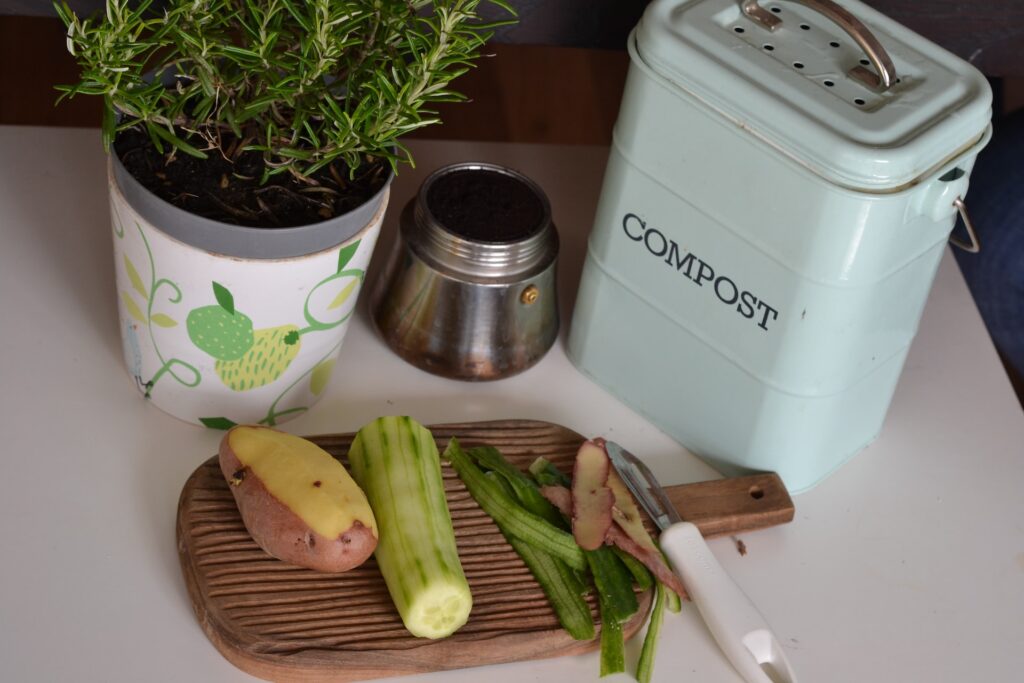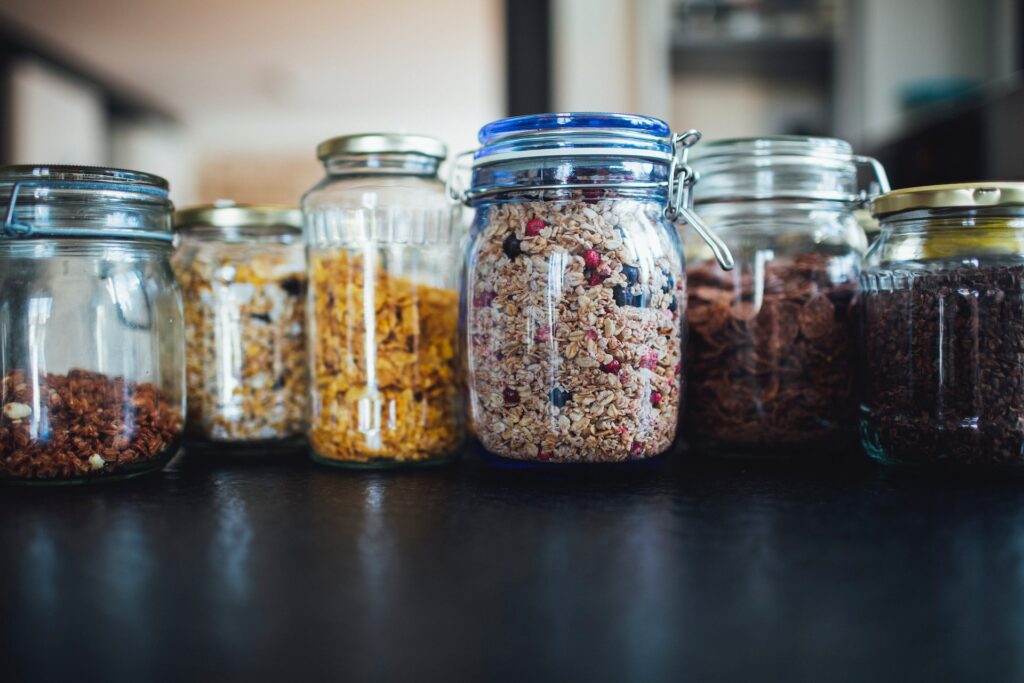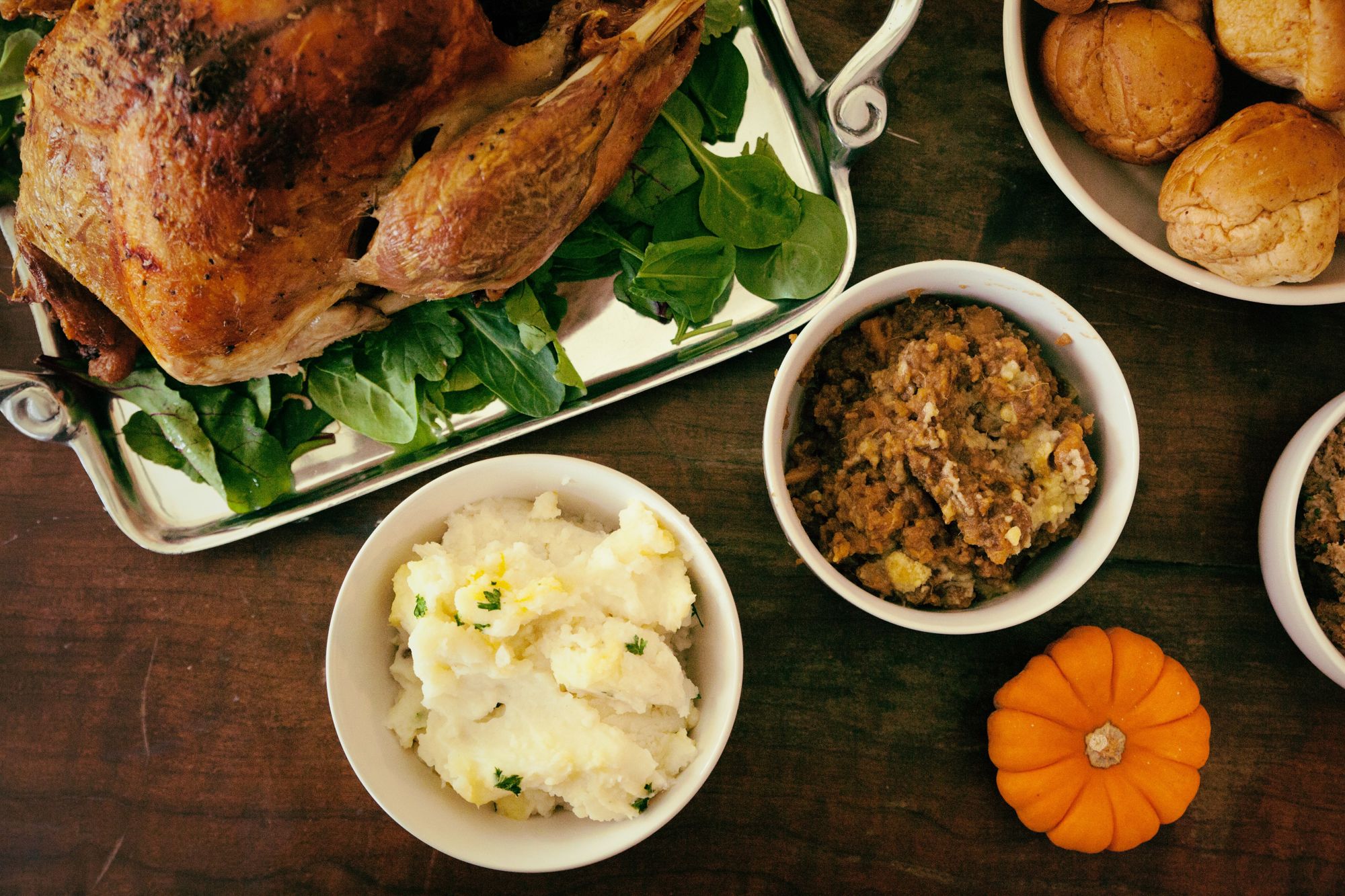It’s that time of the year when we need to prepare a three-course meal, usually complete with a selection of appetizers, sides, and a main course involved enough to take up half of the day. Whatever form your Thanksgiving takes, there are many ways we can make the holiday a bit more sustainable, for us and our planet. So, join the LIPBS this month as we walk you through the steps to make your Thanksgiving just a bit greener, without the need for another green bean casserole.
Reducing Food Waste
Surprise! The biggest and most significant thing you can do for a more sustainable Thanksgiving is to reduce the food wasted at the end of the night. Most of us probably already do this by sending our guests home with leftovers or enjoying a sandwich made from leftovers the day after. There are some additional steps you can take in the preparation and aftermath to reduce the amount of food going into the trash.
Composting is an involved hobby, but one that will quickly pay for itself if you have a garden you regularly fertilize. Your compost location makes a good final destination for any unused vegetable ends or bits from your prep. We don’t quite have room to fully explain composting here, but our friends at the DEC have their own guide made specifically for New Yorkers, all about how to compost for beginners.

Photo by Lenka Dzurendova on Unsplash
The biggest step obviously comes from the biggest item though – make some stock from your turkey carcass! You’d normally need a pretty big pot for this, but odds are you already had some sort of roasting pan or metal tin you used to cook your bird in the first place, so use that as a substitute if you need to! As for how to make the stock there’s no shortage of recipes for you to use, but here we’ll just be linking to our favorite one from Serious Eats.
If you’d like to really “Wow!” your guests next year, put that stock in a zip-top bag or disposable container, and store it in your freezer (after it’s cooled completely) to use next year to make homemade turkey gravy for Thanksgiving!
The Lesser-Known Middle “R”
However you feel about the push for recycling and its 3 “R’s”, it’s hard to deny the effectiveness of the first two. We’ve already talked about reducing in this blog, so let’s make it a theme and move on to re-using!
This one is for the folks who are always on the move, who may not have time to spend a day prepping dinner and opt instead for to order their Thanksgiving feast. If your restaurant of choice sends you home with a collection of metal trays, potentially bigger than you, then you may find yourself looking for a use for all of them come cleanup time. If you’ve got the energy to wash them with the rest of your dishes, they can easily be reused for the next big meal you find yourself cooking. They can also make convenient storage for anything you might keep indoors or out, from plants to tools to even other pans!
If you get cranberry sauce or gravy that may come in a glass jar, you can very easily clean out those jars and reuse them for any other food storage. I suppose you could also reuse your metal cans of cranberry as mini planters, but you are better off just going to the 3rd “R” and recycle them.

Photo by Markus Spiske on Unsplash
Shopping Local
Although shopping local may be difficult for those on a tight budget, it is something to consider as purchasing local products have a much smaller carbon footprint than items shipped or trucked to Long Island. On Long Island, you’ll find no shortage of local farmers with freshly grown produce and meat to serve at your Thanksgiving feast. These local farmers are inherently more sustainable options for buying your groceries for the mere fact that they won’t have to ship your produce across the country in a diesel truck or even across the ocean in a massive cargo ship, a fact that affects both organic and non-organic produce at the store. When shopping local, your food moves from the farm straight to your table essentially, cutting out the historically harmful middleman, and providing you and your family with higher quality food. This though will tend to come with an increased price point for your groceries. You could easily find yourself paying at least double, but potentially even more than what you will normally pay if you typically shop at budget supermarkets. Even so it’s hard to deny just how much of a difference shopping local can make when it comes to buying your produce and meat.

Photo by Graphic Node on Unsplash
Hopefully, this guide has inspired you to make some small, but impactful changes this holiday season. And whether you use these tips for this Thanksgiving or next, or any other food-centric holiday, we at the LIPBS hope you’ll enjoy the time spent, be it with family, friends, roommates, or just yourself and a warm blanket.
By: Andrew Wong, Long Island Pine Barrens Society
Cover Photo: Pro Church Media on Unsplash


